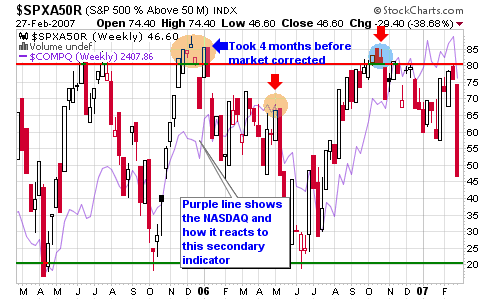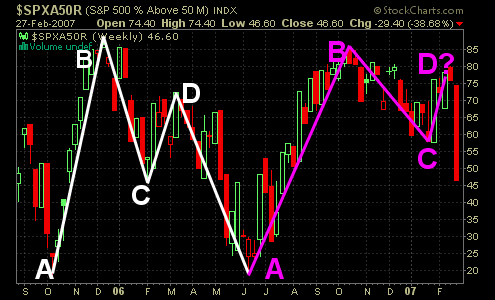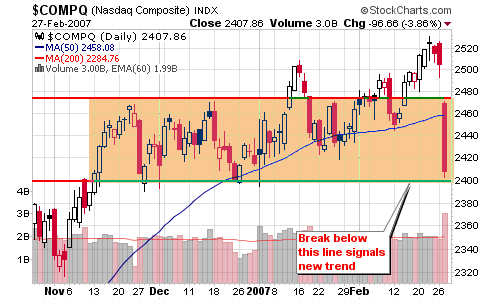“WE SIMPLY CANNOT sustain an economy based on innovation unless our citizens are educated in math, science and engineering,” said Microsoft Chairman Bill Gates, who recommended that the nation double its graduates by 2015. Gates testified on U.S. competitiveness before a Senate committee Wednesday on Capitol Hill.

I travel and write on a popular forum started by the author of Rich Dad Poor Dad, Robert Kiyosaki, and I can’t believe the vast amount of ignorance towards basic education (and higher education). Many people of the forum believe that math, science and engineering are worthless in today’s society and argue that business is the “way to go”. They argue that they don’t need a public education or a college education to succeed and actually want to do away with advanced mathematics and science because they “don’t use them in the real world”. One guy actually said that schools should offer classes in critical thinking and common sense instead of advanced math and science. Really? I guess he will just invent the next microchip or vaccine using common sense while walking down the street. Last time I checked, mathematics is the sharpest tool for developing a critically thinking mind.
Too many of these people complain (or place blame) that society and the government wasted their time in school. Maybe so but I attended public school and graduated with a degree from college and never blamed anyone for wasted time because if I did waste anything; it was my own fault.

You don’t need a college or even high school degree to become wealthy and successful but the country and human evolution needs educated people that can fuel the growth of the economy. Maybe some of these ignorant people just can’t see past their own false beliefs and fall prey to an author that continues to sell fear to make his own fortune. It’s easy to place blame on others for your own faults in life but remember that only you can change your path in life; educate yourself!
If it wasn’t for people that have acquired this advanced knowledge, some Rich Dad followers wouldn’t be writing on their computers on the World Wide Web by using a wireless router on a broadband connection while watching HDTV on a 60” flat panel LCD. They seem to forget that technology advances society and business can only succeed, grow and increase revenue by taking advantage of these technologies.
How can our society advance technologies if we eliminate the basic subjects in schools? We can’t have 100% business people and 0% intellects and inventors. Only so many people can run successful businesses if the country lacks intelligent minds that increase and develop future technologies. And education is the only way to develop these minds in the fields of MATH, SCIENCE and ENGINEERING.
Too many people on the RichDad forums talk down to these subjects and completely miss the point of human evolution. Without technology – you and I have NOTHING!

What is technology?
Technology is a broad concept that deals with a species’ usage and knowledge of tools and crafts, and how it affects a species’ ability to control and adapt to its environment. In human society, it is a consequence of science and engineering, although several technological advances predate the two concepts.
Technology has affected society and its surroundings in a number of ways. In many societies, technology has helped develop more advanced economies (including today’s global economy) and has allowed the rise of a leisure class.
We use technology to control the world in which we live. Technology is people using knowledge, tools, and systems to make their lives easier and better. People use technology to improve their ability to do work and increase wealth.
Bottom line: I enjoyed the original book Rich Dad Poor Dad but I feel that Robert Kiyosaki’s latest books and herd of sheep are feeding on fear and false pretenses. I have argued in these forums that the same people who argue against basic education also make numerous spelling and grammatical mistakes in their writings. I pointed this out and they explained that they don’t have the time to check their spelling. Maybe they didn’t learn how to use a spell check (a simple technology) or they are just too lazy to care. Either way, I wouldn’t want to do business with them. Our education system could use a makeover but eliminating math, science and engineering would be devastating. The lack of promoting these subjects is already hurting us around the world.















Connect with Me